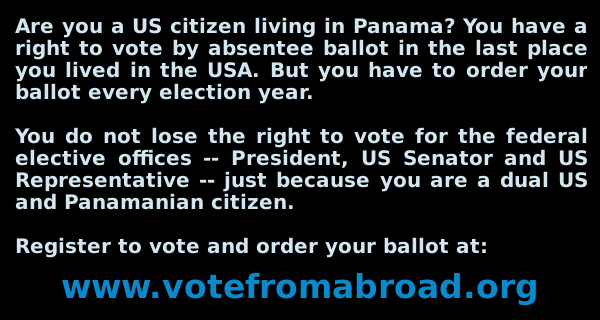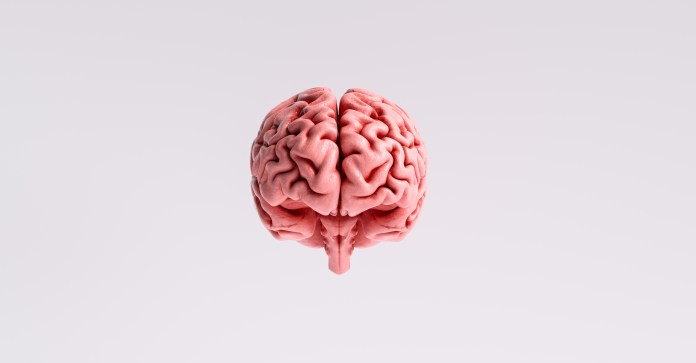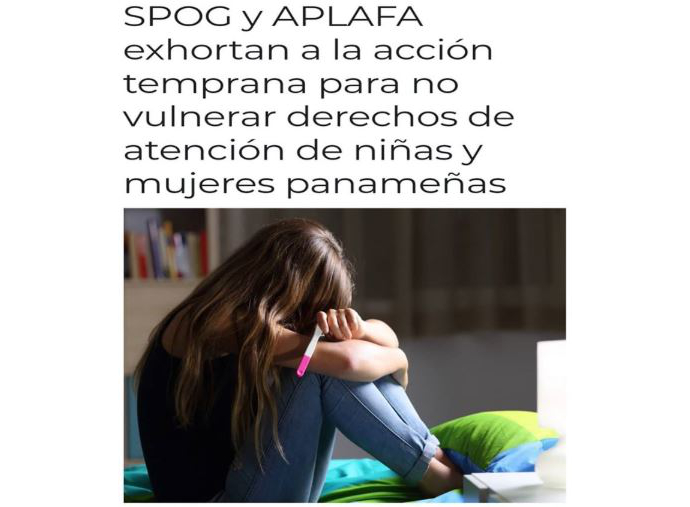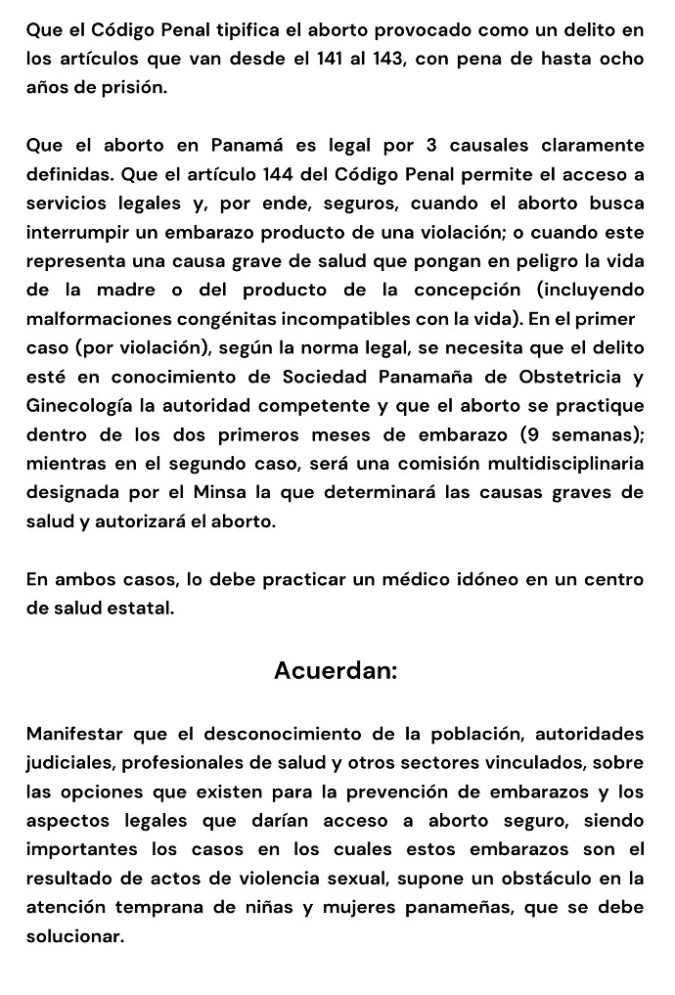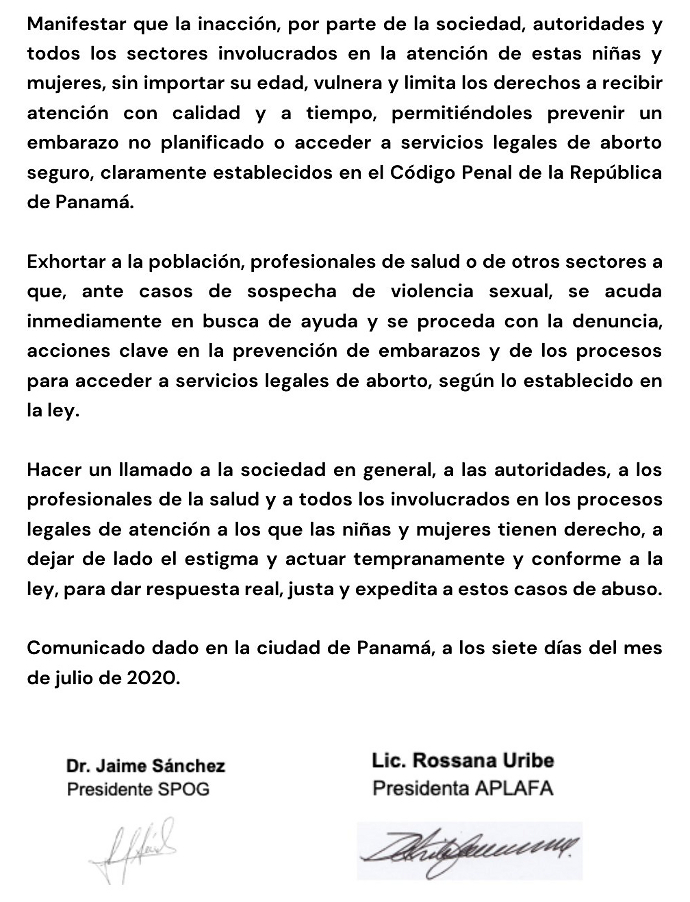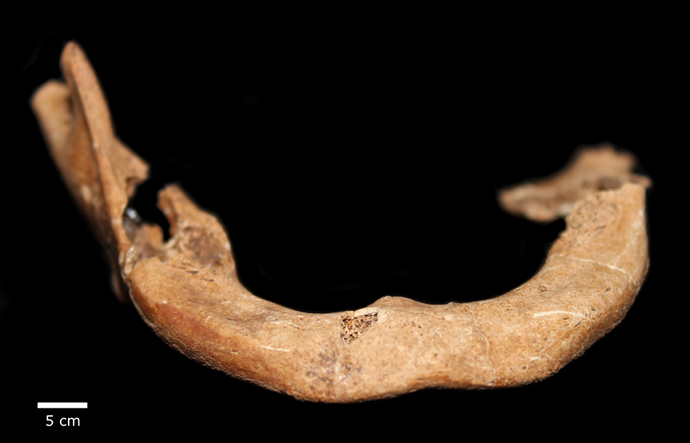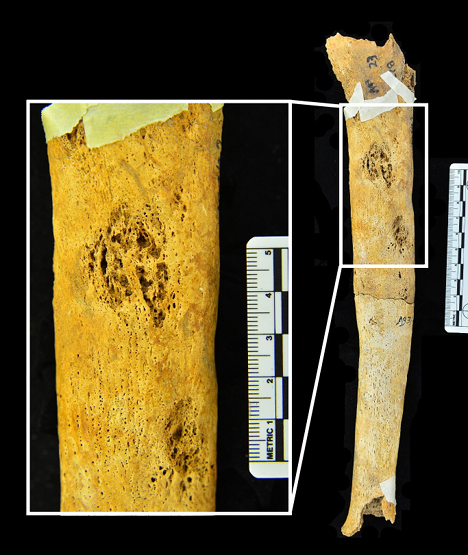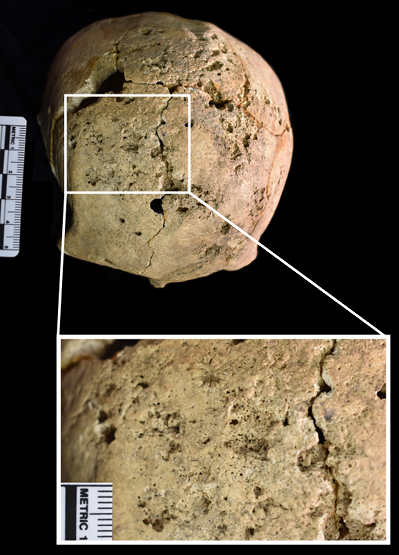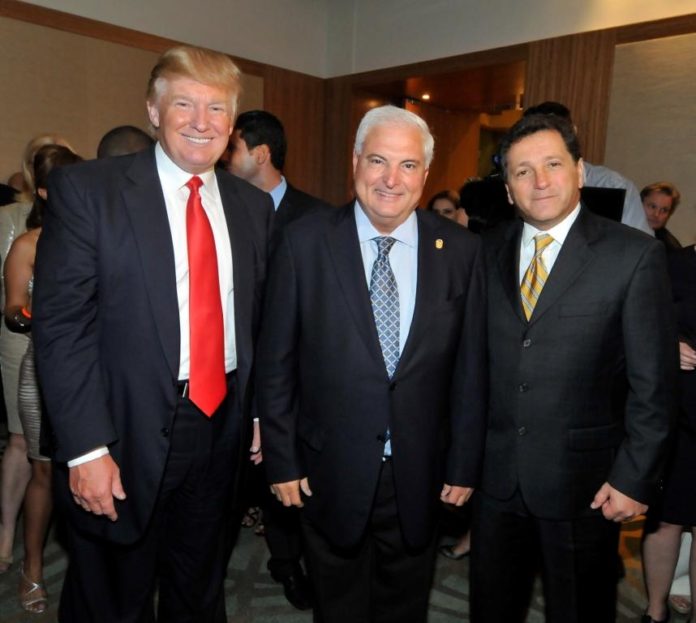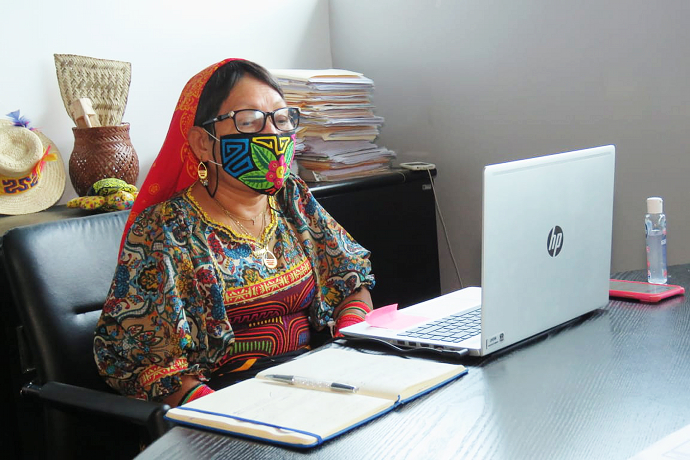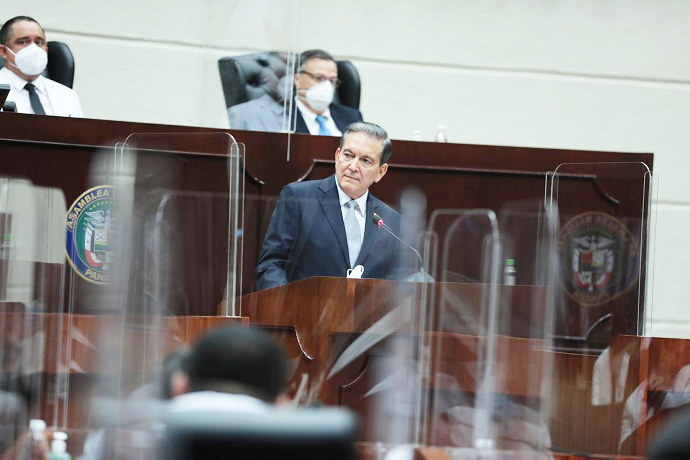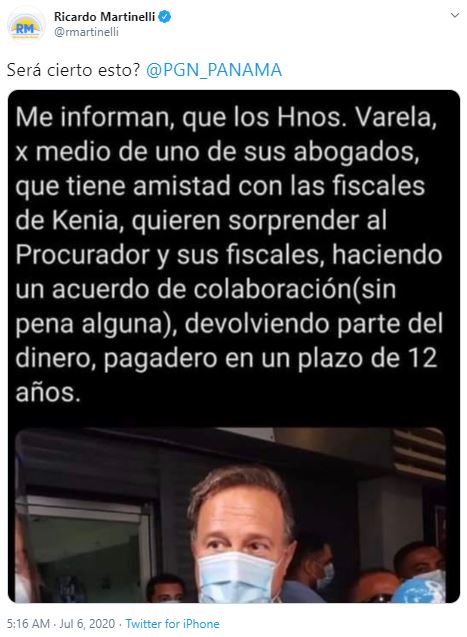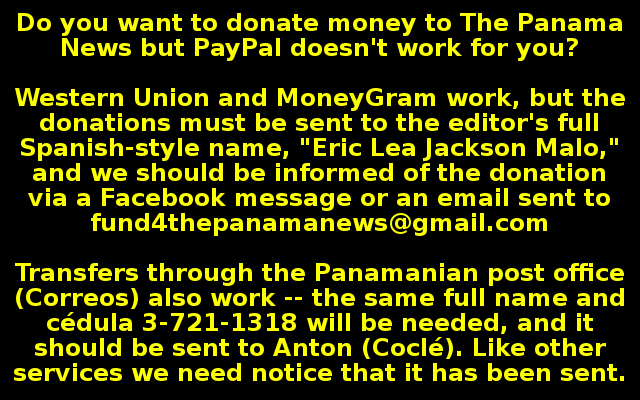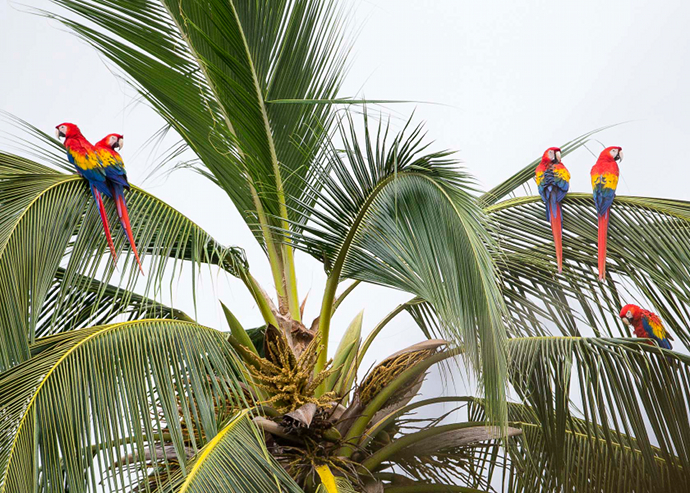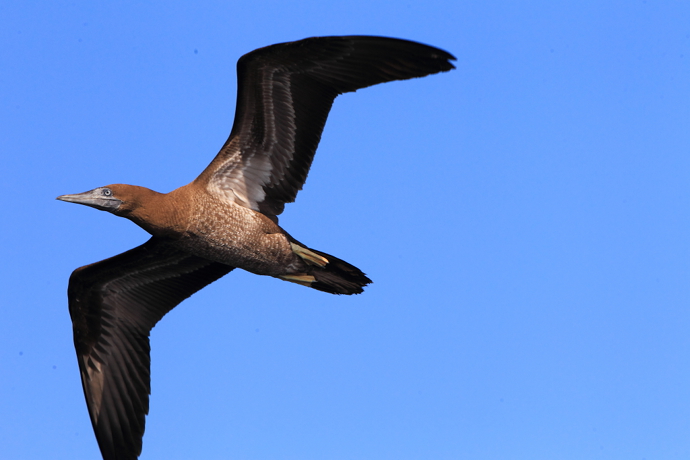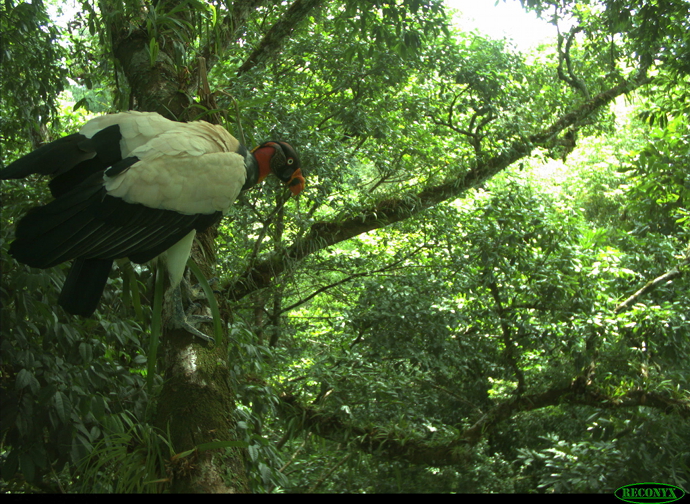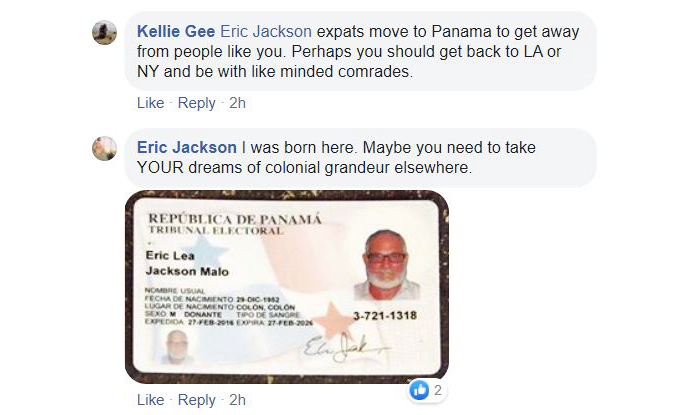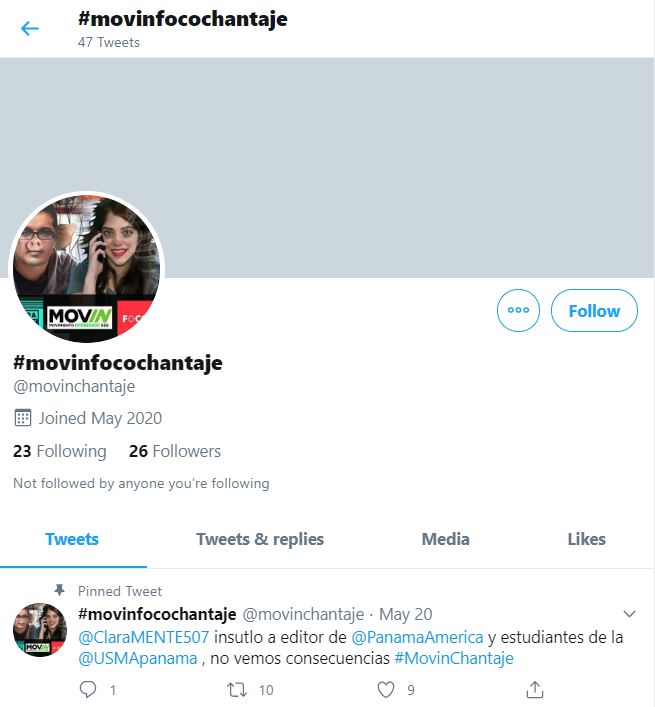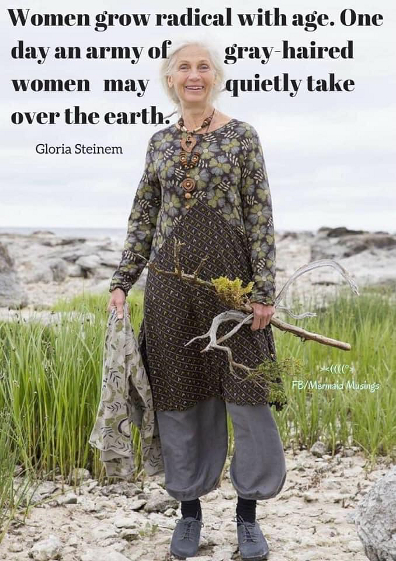“VarelaLeaks shows us how the former attorney general and her prosecutors illegally participated in cases and moreover paid lawyers in the USA to spread their evil.” Does the legislator and former mayor and governor suggest that the money laundering charges against the former president’s sons are the product of US prosecutors being bribed?
The diplomatic passports that weren’t,
scant documentation and other wonders
by Eric Jackson
Ricardo Martinelli Linares and Luis Enrique Martinelli Linares, sons of the former president of Panama, are in jail in Guatemala, facing possible extradition back to the United States from which the fled. The brothers were facing a pending immigration trial about overstayed visas in the USA. They had been negotiating bail in Panama, where they face multiple corruption charges, when they took off in a private jet for El Salvador, and from there made their way to Guatemala by land, where they were arrested on a US extradition request.
A Guatemalan judge gave the US government 40 to 60 days to substantiate its case. The two extraditions will be treated as separate cases. Proceedings have been delayed by a coronavirus epidemic closure of the Guatemalan court system.
The Americans have yet to lay all cards on the table and may never do so, but it’s about alleged laundering of millions of dollars in bribes from the Brazilian company Odebrecht to influence the contracting decisions of their father’s administration. It is said that this laundering took place through a string of Caribbean shell companies and bank accounts in Panama, Switzerland and the United States. It is said that there are at least 14 co-conspirators yet to be named by US federal prosecutors in Brooklyn, where the charges against the Martinelli’s were sealed.
These events have prompted an array of odd defenses. The ex-president’s chief of staff and de facto legal coordinator for the Martinellis’ many legal imbroglios, Luis Eduardo Camacho, protested diplomatic immunity: “Their bags were checked, they were recorded at all times, this was shown on videos that were made public. All of this is in breach of the treatment to be given to a diplomat.” It turns out, however, that although the brothers are non-attending alternate deputies in the Central American Parliament, they are not Panamanian diplomats and were traveling on ordinary passports renewed earlier this year at the Panamanian consulate in Miami. If the relationship with PARLACEN confers some immunity under Panamanian law, whether that counts for anything in Guatemala remains to be seen.
History may count more. Guatemala has never denied a US extradition request.
Step back and look at contexts. It may or may not help. For one thing, there are several different theories about it. For another, there appear to be wild cards and unhinged persons playing key roles. It does help to know how things have gone.
Aggression, non-aggression and blackmail
After the 1989 invasion, there was a wave of retribution against many of those connected with the dictatorship. But not all. US forces stole Panama’s government records and those have never been returned. It has meant that some of Noriega’s culpable collaborators were never exposed as such to the public light, but on the other hand knew that if they annoyed Uncle Sam they could be. These erstwhile collaborators ended up being sprinkled into all of the present political parties, or relatives of such blackmail-prone persons were, so successive Panamanian governments have not been eager to obtain, let alone publish, the dictatorship’s archives.
On the televised face of it, there was little love lost between Guillermo Endara, who with the invasion was belatedly installed in the office to which he had been elected, and his successor Ernesto “Toro” Pérez Balladares. Notwithstanding that, Toro stomped down hard on moves toward holding Endara and members of his family accountable for alleged infractions and didn’t particularly pursue people in his predecessor’s administration. It was the beginning of an unspoken non-aggression pact in post-invasion Panamanian politics. ‘We don’t investigate you while we are in office, and you don’t investigate us when you are in office’ was the post-invasion practice.
Then along came Ricardo Martinelli, beneficiary of an alliance with Juan Carlos Varela put together at the US ambassador’s residence with the aim of keeping the PRD and a one-time member of Noriega’s inner circle, Balbina Herrera, out of the presidency. Martinelli investigated his PRD predecessor, the PRD’s Martín Torrijos. His minions removed the attorney general appointed in Martín’s time, Ana Matilde Gómez, on flagrantly pro-corruption charges of authorizing the wiretap of a man who requested it because he said that a prosecutor working under Gómez was shaking him down (as the wiretaps verified). He went after political opponents, journalists and personal rivals real or imaginary in a variety of ways.
Will Ricky Martinelli bring this reporter up on charges for writing it? No matter what any court may have ruled, he obtained and used Israeli and Italian technology — the Pegasus system — not only to wiretap but to turn people’s cell phones and computers into room bugs. There were 150 people on a list of targets that national security operatives kept. This lineup was almost certainly partial, but in any case if you consider the people on the other end of the intercepted communications there were thousands of them, essentially in all political parties. The surveillance equipment was last reportedly seen in one of Martinelli’s private company offices. It was government property never turned over to his successor. There are hints that it may have been used and may still be in use, for example to intercept the so-called VarelaLeaks, WhatsApp messages that have embarrassed former president Juan Carlos Varela and a number of other persons, most notably former attorney general Kenia Porcell.
[Editor’s opinion, as one with a legal education and one of those who communicated with persons on the Martinelli administration surveillance list: In a country with an ordinary legal system, Martinelli, at his attorneys’ first proffer of the VarelaLeaks as a reason for anything, would be ordered under penalty of imprisonment for contempt for non-compliance, to produce the missing paraphernalia of Pegasus spying for court-appointed experts to examine.]
The Martinelli alliance with Varela lasted 26 months. An early casualty from the Varela team was the mayor of Panama City, the stupidly corrupt Bosco Vallarino. A bunch of Martinelistas went rashly out of their ways to insult Varela while he was vice president and in some cases to try to drive him out of that office.
When Varela assumed the presidency in 2014, the non-aggression practices that Martinelli first broke with respect to Torrijos were not reinstated. Martinelli and members of his family and administration were pursued. There was popular public demand for this. There still is.
Alliances: tacit, explicit and extorted
Miguel Antonio Bernal alleges that what’s going on right now is a tacit political alliance between President Cortizo and Ricardo Martinelli. At a glance it might, given some presumptions about traditional presidential meddling in the legal system, explain a few things. Like how the fugitive Martinelli brothers were granted bail in absentia. Like how the health minister approved their flight, planned for Panama but ending in El Salvador, as a humanitarian repatriation flight. Like the issuance of new passports at the consulate in Miami.
But Cortizo has always said that he doesn’t intend to interfere with the work of judges or prosecutors. They all say things like that.
Meanwhile, criminal proceedings against both Juan Carlos Varela and Ricardo Martinelli over the subject of Odebrecht bribes continue. Also, as to Martinelli, a money laundering case about New Business, a company said to have been a conduit for kickbacks from government contractors that were used to amass Martinelli’s media empire. The flagship of that communications companies is EPASA, which publishes El Panama America and La Critica. NexTV and other media properties are in Martinelli’s portfolio, which was put together during his presidency.
Stripping an ally of his main political assets? Strange sort of alliance, but then Panama had its origins in some strange betrayals, too. Panama is a lot less stable than the bankers and real estate vendors will say, so you always have to look at alliances in terms of situations. Consider the current legislature with which Nito Cortizo works.

Democratic Revolutionary Party (PRD) – 36 deputies. Democratic Change (CD or Cambio Democratico) – 18 deputies. Nationalist Republican Liberal Movement (MOLIRENA) – 5 deputies. Panameñista Party – 8 deputies. Independents – 5 deputies. The PRD is allied with MOLIRENA at the moment. Each party has internal divisions. Graphic by the Asamblea Nacional.
On its own, the PRD is a vote short of a majority in the 71-seat National Assembly. They get a legislative majority by way of an alliance with MOLIRENA. Among the populace, just over one-third of Panamanians voted PRD in the May 2019 elections.
The PRD has a xenophobic, homophobic neofascist element that might break away. Some PRD deputies ought to be in serious legal trouble and if they do get that sort of trouble may walk away because they were left unprotected. The religious far right has deputies in the MOLIRENA and CD caucuses. CD is riven between pro- and post-Martinelli factions. The Panameñistas, a traditional major party, are reduced in number and battered by scandals.
Then, the Independents — how independent are they, really, from the parties and from each other? To the extent that they are aligned with MOVIN, the Independent Movement, that’s most of all Stanley Motta but also a lot of the libertarian crows around Bobby Eisenmann. Because of the weird ways that votes for legislator are figured, the independents got more votes than the party candidates in their circuits and have far fewer members than their election votes would justify. Turn MOVIN into a political party and PRD bastions in San Miguelito and Panama City get devastated if the electoral cleavage is roughly as it was in 2019.
Does this explain the open venom spat at the independent deputies by their PRD colleagues in the National Assembly chamber, and all the PRD social media trolls and hashtags like #MOVINChantaje?
Where does Nito go if some members of his own party walk over to the opposition, or if the alliance with MOLIRENA collapses? He’d probably have to look to a faction of CD, or else try to cobble together the sort of dysfunctional “governability pact” that made life miserable and unproductive for Varela.
Like Martinelli did, Cortizo might cut off funds to legislators’ circuits to coerce them into switching sides. This, however, does not work well in the large multi-member circuits of the metro area and adjacent parts of Panama Oeste. He’s be hurting his own people too if he tried, for example, to cut off funds to San Miguelito to make one of its legislators vote with the PRD.
The carrot ordinarily works better than the stick, but Panama is deeply in debt. That there are people in his administration, in the PRD caucus of the legislature and in PRD-dominated local governments who act as if that were not the situation is likely to be the bane of Nito’s presidency.
With only 35 seats in the legislature, the PRD president can’t afford to burn too many bridges.
So these theories…
The Martinelli Linares brothers want to be sent to Panama and deal with the judicial system here. MUCH easier to buy a judge in Panama City than in Brooklyn, even if you might find jurists who go against the respective grains in both places.
One potential course of action they might take is to rush through a Panamanian extradition request to compete with the US petition. Note that Panama never petitioned the United States to extradite the brothers, although they could have done so. Plus, think about how that would look for Panamanian public consumption.
And what about US policy? Is there such a thing as a policy under Donald Trump?
It all makes fertile ground for weird conspiracy theories, and a desperate Martinelli camp is at the moment busily planting those seeds.
But maybe it’s The Illuminati after all.
Contact us by email at fund4thepanamanews@gmail.com
To fend off hackers, organized trolls and other online vandalism, our website comments feature is switched off. Instead, come to our Facebook page to join in the discussion.
These links are interactive — click on the boxes


